Solar power is a compulsory power source in camping because it is the only source you can use anywhere without much cost and any dependency on fuel. The sun is a great energy source, and channeling it through solar-powered devices is a cost-effective method. You can take a Jackery solar generator with you and forget about all the power needs and the huge cost of electricity and fuel. Today, our topic of discussion is solar-powered tents. A solar-powered tent is supposed to receive sunshine and convert it to electric current for heating, device charging, and other tasks while camping outdoors. Solar-powered tents are being considered as an all-in-one solution for camping, picnic, harsh weather conditions, and even for soldiers staying in tough fields.
So, let us move on and see what a solar-powered tent is, how it works, and its alternatives.
What Is A Solar Powered Tent
A Solar Powered Tent uses a specially designed solar fabric that produces solar power and a solar generator as a storage device. It can be supplemented with solar panels to receive sunshine; other equipment will convert it into usable electric current.
Design
The solar-powered tent uses photovoltaic fabric to generate solar energy that will be used for the heater, wireless hub, and magnetic induction charging pouch. The high-quality solar power tents can also have the feature to glow gently so that you can easily find your way back to the tent in the dark. Also, in any emergency, the tent may glow fiercely to alert people around the area. The solar power available in the solar tent can also take care of cooking appliances, device charging, lighting, heating, and safety.
The solar-powered tent will use flexible solar panels fixed on the dome, while special emphasis will be given to ventilation and safety.
The general mechanism of developing a solar-powered tent is briefly described below.
- Develop the tent skeleton frame.
- Use perovskite fabric to cover the frame.
- Install the flexible solar panel over the perovskite material
- Connect the panels and the perovskite to the battery
- Connect all your appliances to the battery.
Solar Powered Tent VS. Solar Generator for Tent
Solar-Powered Tent
The solar-powered tent is designed with a semi-photovoltaic fabric woven with coated solar threads and conventional threads that become a solar shell. This becomes a flexible solar panel that slides around the tent's exterior. It should face direct sunlight, and you can change the direction depending on the sun's position.
Features:
Solar-powered tents have a suitable surface to absorb the sunlight while insulating it from the surrounding. Its basic and elegant design is focused on functionality. It offers self-heating, device charging, cooking, and other uses.
Solar-powered tents are ideally collapsible and foldable so they can be easily transferred to different places.
Pros:
- It provides better accommodation in chilly weather when the temperature is low.
- It saves the environment from tons of carbon emissions and fossil fuel uses.
- It is cost-effective because it offers an all-in-one solution and no additional need for other solar-powered devices.
Cons:
- The solar-powered tents are still in the design phase, so the construction is still immature. A lot of real-world testing and improvement is required before a robust design is achieved.
- Since it is not available in bulk, the entire purchase will be expensive.
- It is heavy, and transportation can be difficult.
Solar Generator for Tent
A solar power generator runs on solar power. It is a portable power station using solar panels instead of fossil fuels for power generation. A solar generator captures the sun's energy, converts it into electric current, and then stores it in a battery for later use. A solar generator is a great alternative to solar-powered tents because it has enough capacity to power all your camping power needs and is safe and robust. Solar generators can be used for RV camping, boats, and as a backup power source in the case of power outages or emergencies.

Features:
A solar generator comprises four components: solar panels, a battery, a charge controller, and an inverter. Solar panels receive energy from the sun and convert it to DC power. At the same time, the charge controller regulates the current for equipment safety. battery stores the current. Then the inverter converts it into AC power, enabling the solar generator to run all appliances like a wall socket.
High-quality solar generators also include some safety and ease-of-use mechanisms. For example, the Jackery solar generators have an LED display to show charging, output statistics, and other useful information. Also, these generators regulate the AC supply to maintain a smooth power flow to keep your appliances safe from current fluctuations.
Pros:
- It is very cost-effective because there is no fuel cost.
- It is environmentally friendly renewable energy.
- No noise.
- Low maintenance.
- Solar generators offer high capacity for camping or RV that can power all your appliances, including a laptop, refrigerator, TV, cooking grill, lighting, and more.
- High-quality solar generators like Jackery 2000 pro, 1500 pro, and 1000 pro also offer pass-through charging, i.e., you can charge the generator and run the appliances simultaneously.
Cons:
- The upfront investment in solar generators can be high.
- Slow recharging in some generators.
|
Types |
Features |
Pros |
Cons |
|
Solar Powered Tent |
1. It offers self-heating, device charging, cooking, and other uses. 2. An all-in-one solution for all electricity use.
|
1. Cost-effective. 2. Environmentally friendly. 3. Better accommodation in chilly weather. |
1. It needs to be a more mature design. |
|
Solar Generator for Tent |
1. An all-in-one solution for both outdoor and indoor. 2. It comprises four main components: a solar panel, inverter, battery, and charge controller. |
1. Cost-effective. 2. Safe and secure. 3. No noise and low maintenance. 4. High capacity. 5. Pass through charging. |
1. They have a limited power supply. |
How Many Watts Does A Tent Use
How many watts a tent use is a very relative question. Everyone has unique requirements, and thus the requirements change accordingly. Also, there are various solar panels and generator options, so let us find common ground for the solar power requirements and then analyze the wattage.
How Many Amps Does A Tent Use
Every electrical circuit follows Ohm's Law, i.e., Watts = Volts x Amps.
W = V*A
Watts show power, while Amps measure current. So, the general principle is that when you want to supply a steady amount of power, then when the voltage decreases, amps must increase.
So, if you are using a 1500-watt heater that consumes 1500 watts of power, then you need this power with a relationship of volts and amperes.
So, if you are using 12V, then you need 125 amperes.
And for 24V, then the amp requirement is 62.5.
We can have different campsites with different amp ratings, e.g., 50 amp, 30 amp, and 20 amp.
A 50-amp service provides a maximum power of 12,000 watts. In comparison, a 30-amp service RV receives 3,600 watts. Another difference is the different types of appliances that each type of RV supports. A 30 amp system usually contains one A/C unit, a microwave, a refrigerator, a TV, and several outlets. On the other hand, a 50 amp system will come with two A/C units, a residential or RV-size refrigerator/freezer, other kitchen appliances, and a TV/entertainment system. It may also include a washer and dryer.
How Much Solar Power Does A Tent Need
Suppose you will be using the following equipment in your tent. It is also important to notice that you will only use some equipment simultaneously. So, the total wattage required is not equal to the sum of the wattage of all devices. An average power estimate of the total solar power requirement from the following table is around 800 to 1000 Watts at a time.
|
Device |
Watts |
Hours |
Daily Power consumption |
|
Coffee Maker |
700 |
1 |
700 |
|
Phone Charger |
10 |
4 |
40 |
|
LED light |
5 |
8 |
40 |
|
Speaker Charger |
10 |
4 |
40 |
|
Fan |
50 |
8 |
400 |
|
Heater |
1500 |
2 |
3000 |
|
Air Mattress Pump |
50 |
1 |
50 |
|
Mini Fridge |
700 |
8 |
5600 |
|
Electric frying pan |
1200 |
2 |
2400 |
Jackery Solar Generator for Tent
The Jackery solar generators for the tent are great power generators for any camping or outdoor adventure. They are lightweight, easy to carry, and easy to set up. These features make these generators perfect candidates for portability. Also, these generators are sturdy and well-built and can sustain the hard weather conditions you might experience outdoors. The most suitable Jackery solar generators for tents are;
Jackery Solar Generator 2000 Plus (Explorer 2000 Plus + SolarSaga 200W)
The Jackery solar generator 2000 Plus has a large battery capacity that can charge 99% of tent appliances for long hours. This high capacity and specification is a good option for your camping tent because it can support multiple devices simultaneously, e.g., mini freezers, laptops, cooking grills, lighting, and TVs. It is safe and robust, and there is no risk of any unwanted incident.
Jackery Solar Generator 2000 v2 (Explorer 2000 v2 + SolarSaga 200W)
If you're looking for a solar-powered generator that weighs less but offers more power, then you can go ahead with the Jackery Solar Generator 2000 v2. It weighs less compared to the similar-capacity products available in the market, which is why it is preferred for outdoor adventures like tent camping. The lighter yet powerful charging solution can charge camping lights, heaters, portable fans, and other cooking appliances.
Jackery Solar Generator 1000 Plus (Explorer 1000 Plus + SolarSaga 200W)
The Jackery Solar Generator 1000 Plus is one of the powerful yet lightweight solar-powered generators that can charge 99% of the outdoor appliances for long hours. It features a foldable handle and ergonomic design that makes the solar generator ideal for outdoor adventures like tent camping. It can charge camping lights to illuminate the space around the tent or mini freezers to keep food and drinks cool.
The Jackery solar generators have received plenty of positive reviews, which add to their reliability factor and speak volumes about their efficiency and quality.
|
Series |
Capacity |
Ports |
Tent Watts |
Working Hours |
|
Jackery Solar Generator 2000 Plus (Explorer 2000 Plus + SolarSaga 200W) |
2042.8Wh |
AC Output (×4):120V~ 60Hz, 20A Max AC Output (×1):120V~ 60Hz, 25A Max USB-A Output (x2): Quick Charge 3.0, 18W Max USB-C Output(x2): 100W Max, (5V, 9V, 12V, 15V, 20V up to 5A) Car Port (x1): 12V⎓10A |
Heater = 1500W Air Mattress Pump = 50W Mini Fridge = 700W Coffee Maker = 700W Fan = 50W |
Heater = 1.1H Air Mattress Pump = 34.7H Mini Fridge = 2.4H Coffee Maker = 2.4H Fan = 34.7H |
|
Jackery Solar Generator 2000 v2 (Explorer 2000 v2 + SolarSaga 200W) |
2042.8Wh |
AC Output (x3): 120V ~ 60Hz, 18.3A USB-A Output (x1): 18W Max, 5-6V⎓3A, 6-9V⎓2A, 9-12V⎓1.5A USB-C Output (x2): 30W Max, 5V⎓3A, 9V⎓3A, 12V⎓2.5A, 15V⎓2A, 20V⎓1.5A; 100W Max, 5V⎓3A, 9V⎓3A, 12V⎓3A, 15V⎓3A, 20V⎓5A Car Port (x1): 12V⎓10A Max |
Heater = 1500W Air Mattress Pump = 50W Mini Fridge = 700W Coffee Maker = 700W Fan = 50W |
Heater = 1.1H Air Mattress Pump = 34.7H Mini Fridge = 2.4H Coffee Maker = 2.4H Fan = 34.7H |
|
Jackery Solar Generator 1000 Plus (Explorer 1000 Plus + SolarSaga 200W) |
1264Wh |
AC Output (x3): 120V~60Hz, 2000W (4000W Peak) USB-A Output (x2): 18W Max, 5-5V⎓3A USB-C Output (x2): 100W Max, (5V, 9V, 12V, 15V, 20V up to 5A) Car Port (x1): 12V⎓10A |
Air Mattress Pump = 50W Mini Fridge = 700W Coffee Maker = 700W Fan = 50W Electric Frying Pan = 1200W |
Air Mattress Pump = 21.4H Mini Fridge = 1.5H Coffee Maker = 1.5H Fan = 21.4H Electric Frying Pan = 53 minutes |
Solar Powered Tent FAQs
1. What size of solar generator do I need to power a tent?
It generally depends on how many devices you want to run on the solar generator. Jackery Solar Generator 2000 Plus, Jackery Solar Generator 2000 v2, and Jackery Solar Generator 1000 Plus are great choices because they have enough capacity to run everything you might need in your tent.
How to calculate the hours:
Working time = Capacity Wh * 0.85 / operating wattage of your device
For example, suppose the power consumption of all your camping needs is 800W.
A Jackery Solar Generator 1000 Plus Working time will be 1264Wh * 0.85 / 800W = 1.3 hrs.
We multiply the capacity by 0.85 because there is always some power loss in running the equipment, so a true realistic estimate must consider around 10 to 15% power loss.
2. How to build your solar-powered tent?
You can also build your solar-powered tent by yourself. You need pipes or rods for the structure, flexible solar panels, and a battery or a solar generator. First, make your structure and cover it with special fabric for a solar power tent and then cover it with solar panels. However, the easier way is to use the traditional tent and then connect it to a solar generator to cover all your power needs.
3. Do solar-powered tents work on cloudy days, in winter, or without the sun?
Some solar-powered tents can work on cloudy days and other times when the sun is not shining as brightly. However, the performance will not be at par with regular charging. If you plan to use solar power in an area where the sun is not bright enough, then your best bet is to use a high-quality solar generator like Jackery. The Jackery solar generator is portable and robust and uses advanced technology to recharge quickly and guarantee an uninterrupted power supply. Also, Jackery solar generators are weather resistant in their build and structure; thus, you can use them in harsh weather.
Final Thoughts
Camping is becoming a popular hobby and vacation as it helps release stress and relax physically and spiritually. A solar-powered tent is a great piece of equipment to own when you are a camping enthusiast. It is an all-in-one solution; however, it is still evolving, and the design could be more mature. A more robust and authentic alternative is to use a high-quality Jackery solar generator that can power all your equipment and is portable, weather resistant, and quickly rechargeable using solar panels.






















































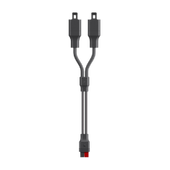

















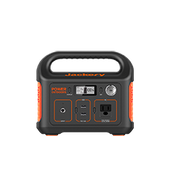



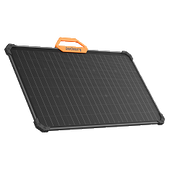































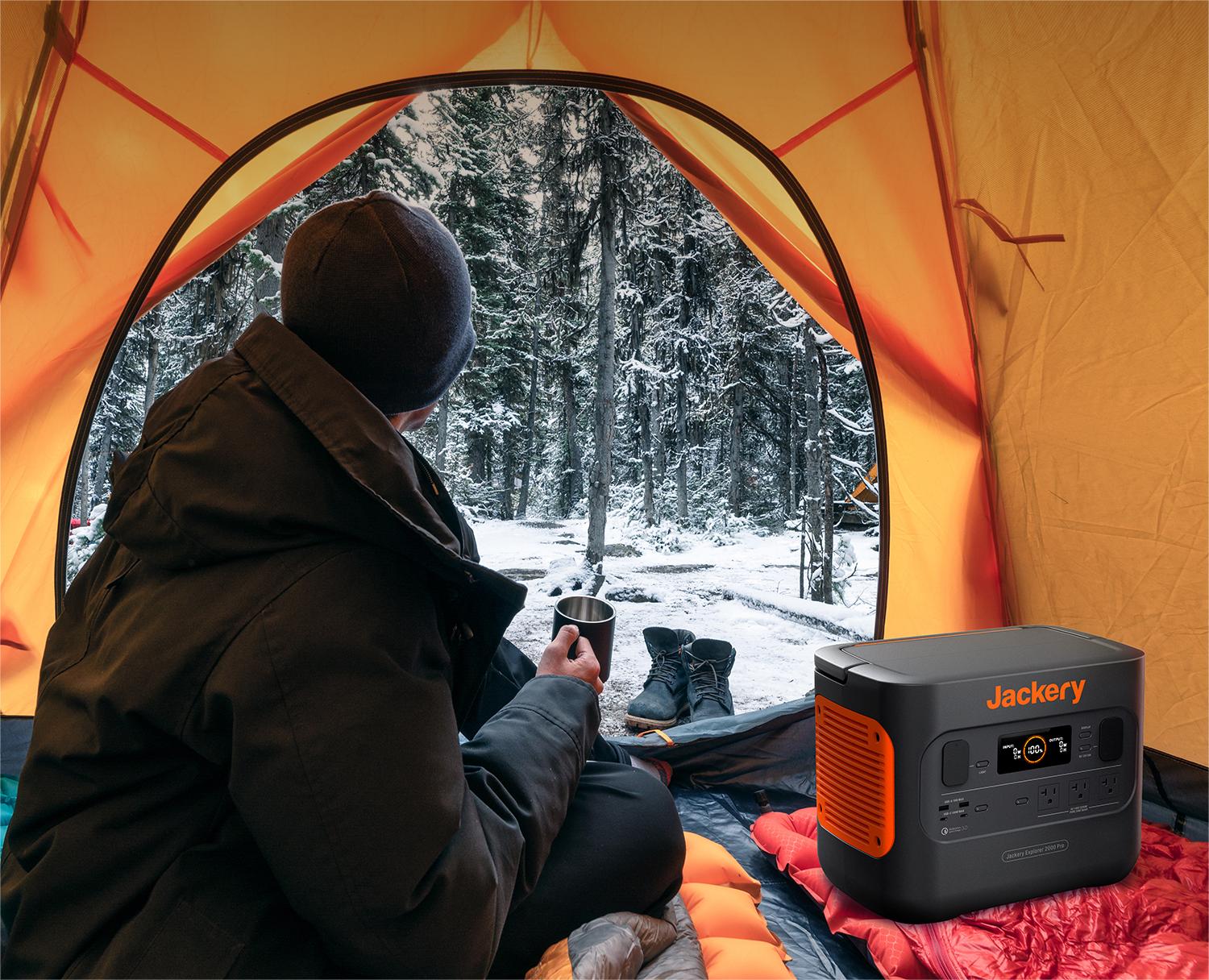






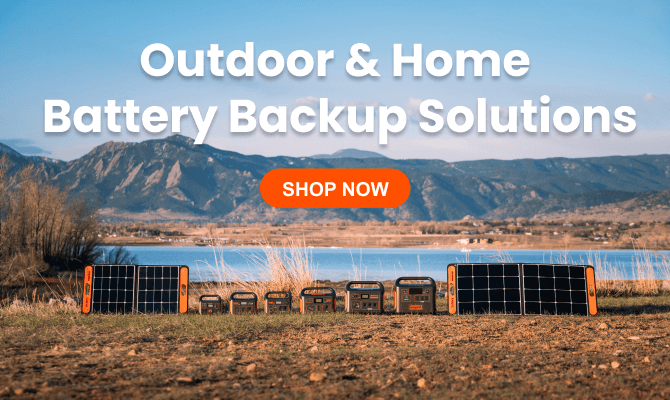
Leave a comment